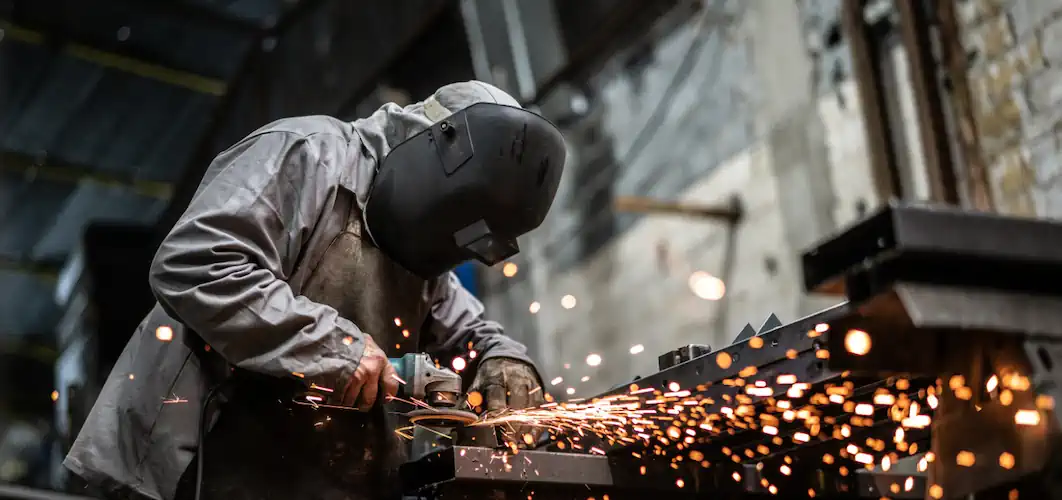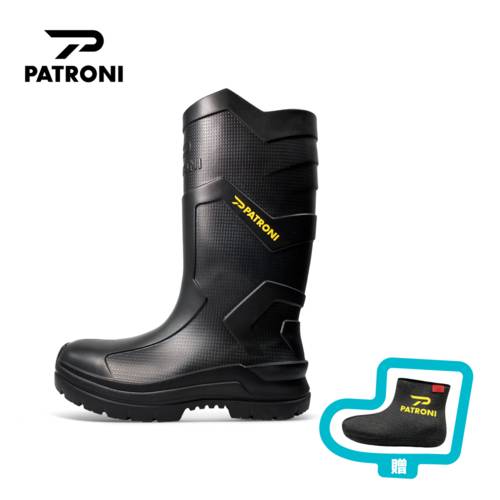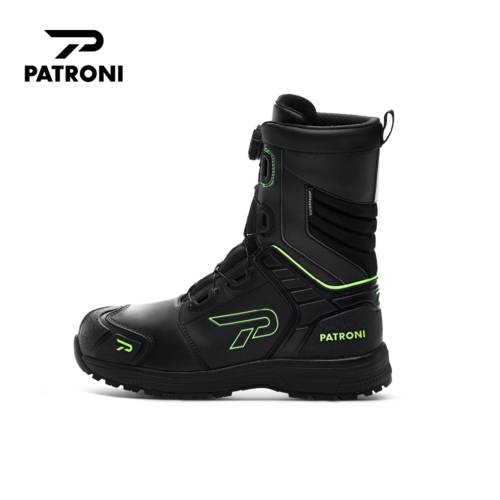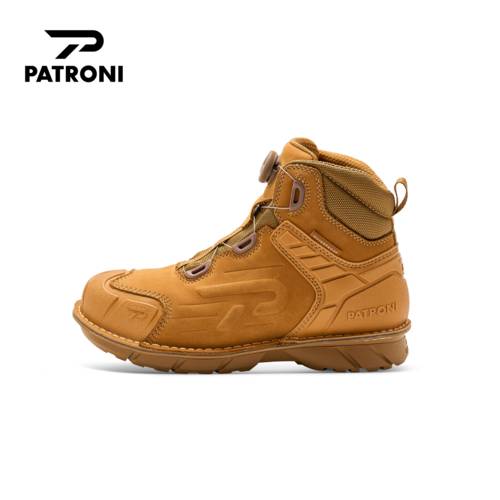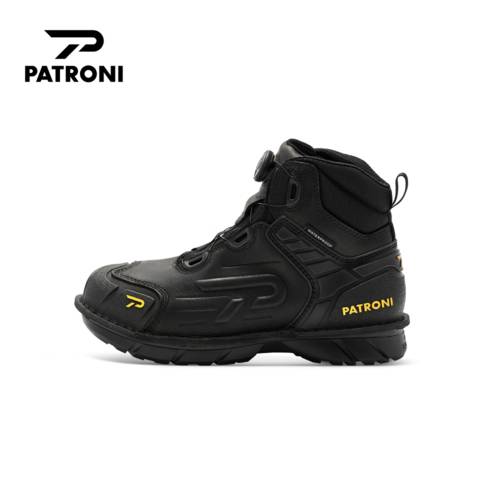Expert Tips for Selecting the Right Gloves for Your Workplace
In a professional setting, gloves play an important role in maintaining hygiene and preventing the spread of disease. In many industries, such as food service or healthcare, workers are required to wear PPE gloves to protect both themselves and the people they are working with.
In other cases, such as when working with chemicals or hazardous materials, safety gloves help to reduce the risk of accidental exposure. Gloves protect your hands from sharp objects and also provide a layer of insulation against extreme temperatures. In addition, gloves can help to improve your grip on slippery or delicate objects. Ultimately, gloves are a necessary part of any work environment, and their importance should not be underestimated.
History of gloves as PPE
Rubber and asbestos gloves were invented for workers in hazardous occupations like mining and manufacturing. And in 1937, DuPont released the first synthetic rubber glove, which revolutionized the PPE industry.
Today, there are myriad types of gloves available for workers in nearly every industry imaginable. From Kevlar-lined gloves for firefighters to ESD-safe gloves for electronics assembly workers, from gloves that offer simple hand protection to others that offer impact resistance, there's a type of glove out there that can help keep you safe on the job.
Trends in PPE gloves
Personal Protective Equipment (PPE) gloves are an essential element of personal safety for many workers across a wide range of industries. They are constantly evolving to meet the changing needs of workers while maintaining strict industry standards.
Here are 5 of the latest innovations in PPE gloves that you might have missed.
1. Measuring the Size of Your Hands Just Got Easier
Trying to find the right size glove can be a frustrating experience. Too often, workers end up settling for a glove that's either too big or too small because they can't find a perfect fit. But a new generation of sizing tools is making it easier than ever to find the right size glove for your hands.Whether you're using a traditional tape measure, a hand measuring tool, or even an app on your smartphone, getting an accurate measurement of your hand is now easier than ever before.
2. Thermal Imaging for Hot and Cold Environments
Another recent innovation in PPE gloves is the use of thermal imaging to improve comfort and safety in hot or cold environments. By using thermal imaging to map the heat signature of the user's hand, glove manufacturers can identify areas where heat is being lost and adjust the insulation accordingly. This results in a glove that's better able to protect workers from extreme temperatures, whether they're working in a cold storage warehouse or on a roof in the middle of summer.3. New Materials for Increased Protection and Dexterity
Something as simple as a cut can render a glove unusable. Which makes it imperative for glove-wearing workers to invest in cut-resistant gloves for superior cut protection in all situations.
In response to the growing need for dexterity and sensitivity, manufacturers are using new materials that allow workers to interact with touchscreen devices without taking their gloves off.
Other materials like fibers are being used to create stronger, more durable gloves that can stand up to tougher applications like welding or handling sharp objects.
4. Improved Grip With New Textures and Coatings
Whether you're working with slippery liquids or dealing with small objects, a good grip is an important consideration when choosing PPE gloves. And manufacturers have responded by developing new textures and coatings that improve grip without sacrificing dexterity or comfort. There are now products that provide excellent grip while also protecting hands from abrasion and cuts. There are also latex-free coatings that provide superior grip in wet or oily conditions without sacrificing dexterity or comfort.
5. Reinforced Fingertips for Added Protection
Reinforced fingertips are becoming increasingly common in PPE gloves designed for construction, mining, assembly work, and other applications where sharp objects are present. By reinforcing the tips of the fingers with materials like steel, these gloves can provide added protection against punctures, cuts, and other injuries while still maintaining excellent dexterity.

The Various Types of Gloves, Production Methods, and Applications For Industrial Use
There are a variety of gloves available for industrial use, each designed to protect workers from different risks, made with the most suitable material for specific protection.
Disposable Gloves
Disposable gloves for industrial use are typically made from latex, vinyl, or nitrile. They are used in a variety of industries, including food service, healthcare, janitorial, and painting. Latex gloves are the most commonly used type of glove, as they provide excellent fit and barrier protection.However, some people are allergic to latex, so vinyl and nitrile gloves are also popular choices. Vinyl gloves are less elastic than latex gloves, so they may not provide as good of a fit. However, they are less expensive and still provide adequate protection. Nitrile gloves are more expensive than latex or vinyl gloves, but they provide the best barrier protection against chemicals and blood-borne pathogens.
Heat protective gloves
Heat protective gloves are essential for workers in industries like foundries, welding or firefighting, where temperatures can approximate up to 1000C, potentially causing 2nd or 3rd degrees burn injuries if left unprotected. The gloves are often made of high temperature resistant fibers like preox, aramide or glass fibers with insulation layers to protect the hands from prolonged contact heat. Leather gloves are still used in certain industries like welding to protect the workers from hot sparks. Heat reflective aluminized materials can be added to shield the hand against radiant heat in the case of exposure to fire or incandescent materials (foundries).To reduce the risk of vibration pollution it is important to use anti-vibration mats when installing heavy machinery on offshore platforms. It is also important to regularly inspect the equipment for signs of wear and tear so that any necessary repairs can be made before they cause too much damage.
Cryogenic gloves
These are gloves designed to be used in extremely low temperatures (down to -176°C). They’re mainly used in the medical industry for the manipulation of organic tissues stored in liquid azote or in industries to manipulate liquid gas.These types of gloves are typically made of rubber or neoprene and offer insulation against low temperatures. They are often colored blue and come in various thicknesses depending on the level of protection you need. Thicker cryogenic gloves offer more insulation and protect against higher levels of cold exposure than thinner gloves. The proper fitting is crucial for achieving maximum performance and safety when wearing cryogenic gloves.
Chemical Resistant Gloves
Chemical-resistant gloves are an important part of safety gear for many industries, including those that work with cleaners, paints, and other chemicals. Some gloves are made of latex, which offers good resistance to a wide range of chemicals. Nitrile and Vinyl are less elastic than latex, so they don't fit as snugly, but they provide good protection against most chemicals.For extremely harsh chemicals, such as strong acids or bases, gloves made of PTFE (polytetrafluoroethylene) or FEP (fluorinated ethylene propylene) are necessary. These materials are more expensive than latex or vinyl, but they offer the best protection against chemical exposure.
Anti-cut Gloves
Anti-cut gloves are an essential piece of personal protective equipment for workers in a variety of industries, including construction, meat processing, and glass manufacturing. These gloves are made from Kevlar, stainless steel, or other high-strength materials that resist cutting and puncturing. They typically have reinforced palms and fingers, and they may also have a padded cuff to protect the wrist and offer superior abrasion resistance.While most anti-cut gloves are fairly bulky, recent advancements in material science have led to the development of more lightweight options that provide similar levels of protection and durability.




